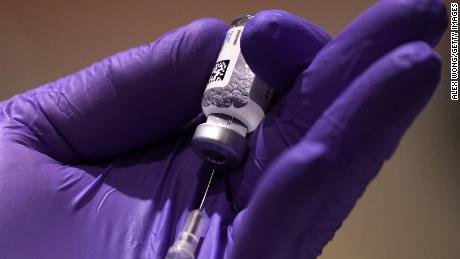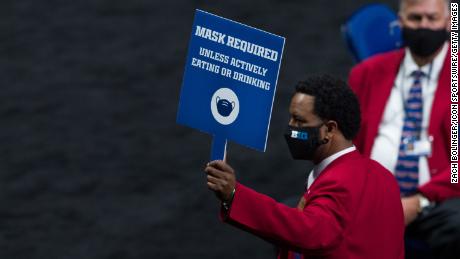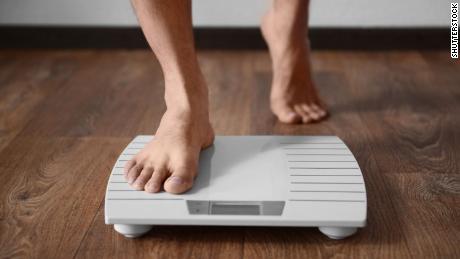America could be on the cusp of another surge
“I think we are going to see a surge in the number of infections,” emergency physician Dr. Leana Wen told CNN on Wednesday night. “I think what helps this time though is that the most vulnerable — particularly nursing home residents, people who are older — are now vaccinated. And so we may prevent a spike in hospitalizations and deaths.”
Meanwhile, governors and local leaders have eased restrictions on indoor gatherings, citing fewer Covid-19 cases and more vaccinations. And spring break crowds are gathering in Florida and nationwide air travel numbers are hitting pandemic-era records.
Dr. Wen still has her concerns, though.
“I think we’re going to see an increase in the number of infections, but not necessarily an increase in hospitalizations and deaths, which again is a really good thing,” she told CNN on Thursday. “But we also note that many governors are not going to reimpose restrictions unless we see our hospitals becoming overwhelmed.
“So we could see a situation of a lot more infections outpacing the ability of our vaccines to work and people letting down their guard but not having the restrictions in place to curb it. And I fear that we may lose, as a result, this race of variants versus vaccines.”
In schools, three feet is the new six feet
The CDC is expected to update its physical distancing guidelines for schools from six feet to three feet on Friday, an administration official confirmed to CNN.
The change to three feet is key to safely reopening schools because most don’t have the space for six feet of distancing with all students present. An analysis of studies on reopenings published last week found that school districts in Indiana, Virginia, and Massachusetts have all adopted a three-foot standard instead of six feet.
Those states “have not seen a surge of cases that you would expect if somehow that protection was less adequate,” education and policy expert John Bailey wrote.
In a Senate hearing Thursday, CDC Director Dr. Rochelle Walensky said that the science on this issue had evolved over time.
“Indeed, because six feet has been such a challenge there, science has leaned in and there are now emerging studies on the question between three feet and six feet,” she told Sen. Susan Collins, Republican of Maine. “This is an urgent issue.”
Nearly 1 in 8 Americans fully vaccinated
Meanwhile, vaccinations have accelerated as officials race to get as many shots into arms as quickly as possible.
On Wednesday, both Fauci and Walensky pushed back against questions about herd immunity, saying a lot depended on how quickly Americans take vaccines.
“Let’s just keep pushing to get as many people vaccinated as we possibly can,” Fauci said. “And as we do that, you will see the type of infection, the dynamics of the outbreak, get less and less and less, so whatever that time is — middle of the summer, end of the summer, early fall, we’ll be much, much better off than we are now.”
The US should soon have plenty of vaccines on hand and will need to start persuading reluctant people to get vaccinated, a top Health and Human Services Department official said Thursday.
“We will have, within 90 days, in essence quadrupled our vaccine supply,” Dr. David Kessler, Chief Science Officer for COVID Response at HHS, told a Senate hearing. “I believe that we’re going to be shifting from a supply issue to a demand issue pretty soon.”
In addition, the CDC will soon release more guidance on what people can safely do once they’re fully vaccinated, Walensky said Thursday.
“We’re revisiting what we should do regarding travel for those who are vaccinated and that should be coming forward soon. That’s going to likely be the next step in this regard,” Walensky told a hearing of the Senate Health, Education, Labor and Pensions Committee.
The issue is not what’s safe for those who are vaccinated, but what’s safe for their contacts, she said.
“We are still looking at data regarding whether people who are vaccinated can be asymptomatically infected and potentially transmit to other people,” Walensky said. Doctors note that people who are vaccinated can potentially still breathe in virus and have it living in the nose and throat — and could exhale, cough or sneeze infectious virus onto others.
CNN’s Melissa Alonso, Adrienne Broaddus, Elizabeth Cohen, Maggie Fox, Deidre McPhillips, Brandon Miller, Nick Neville, Rebekah Riess and Naomi Thomas contributed to this report.
![]()










